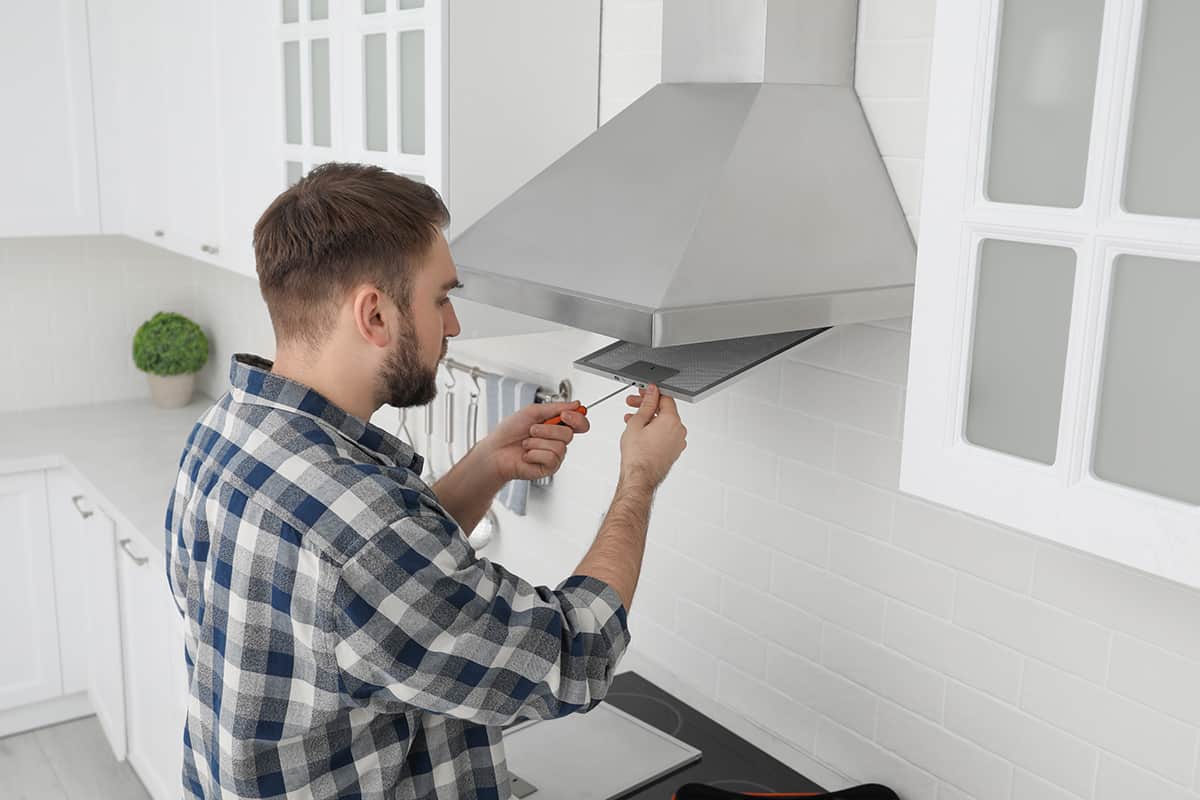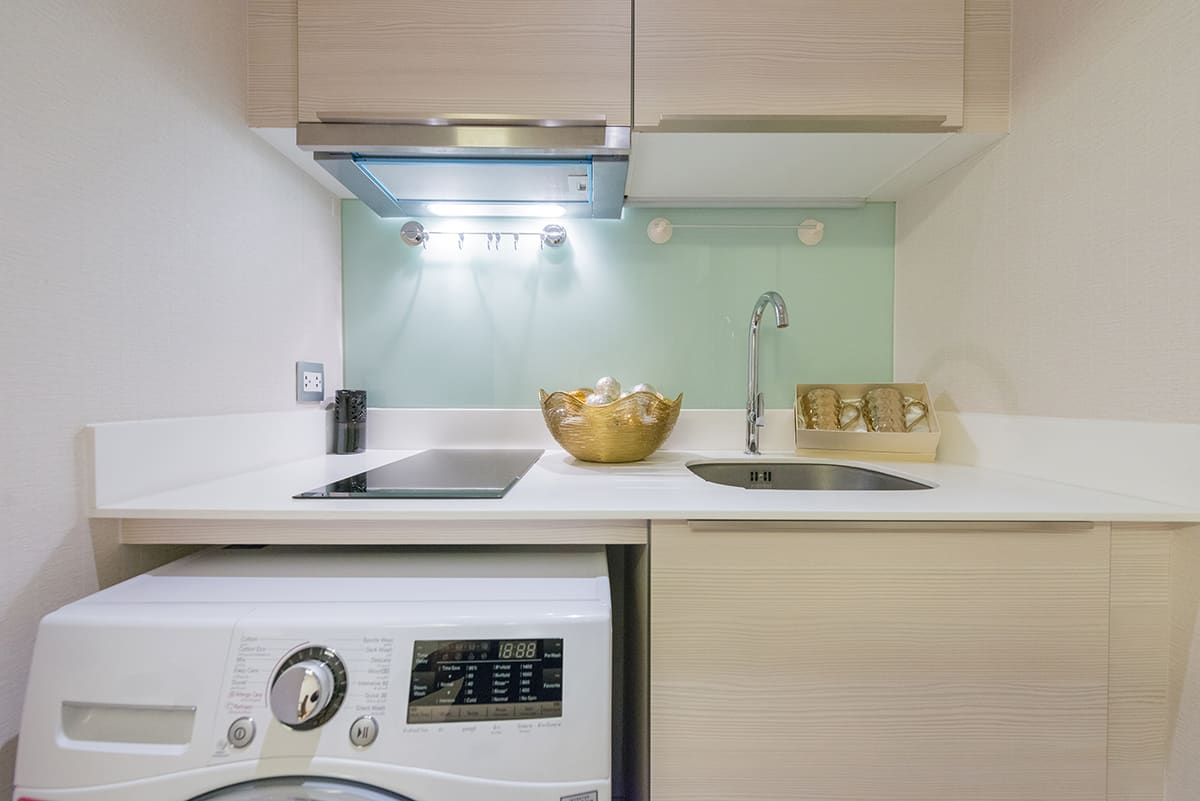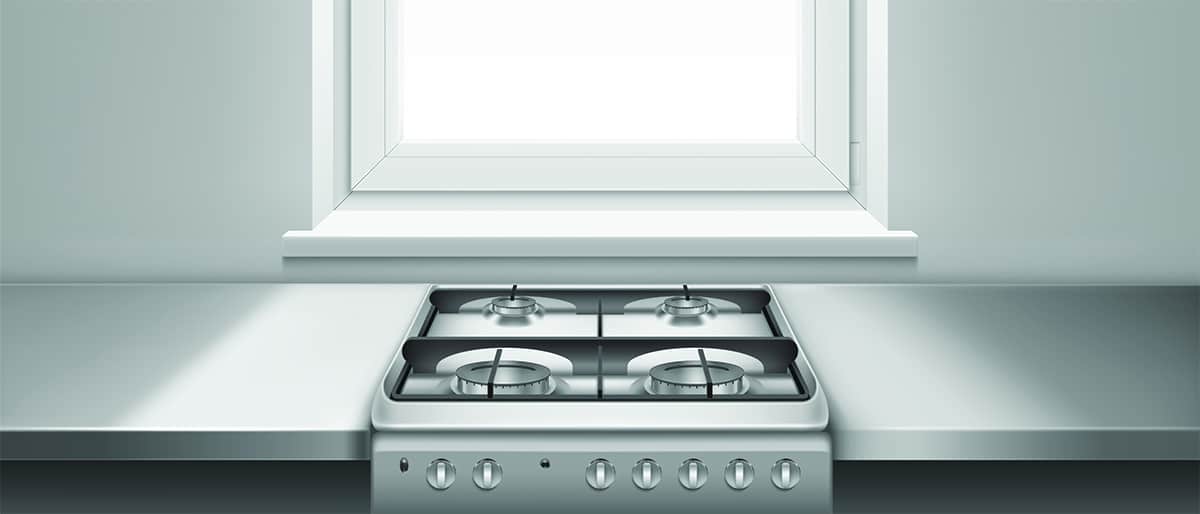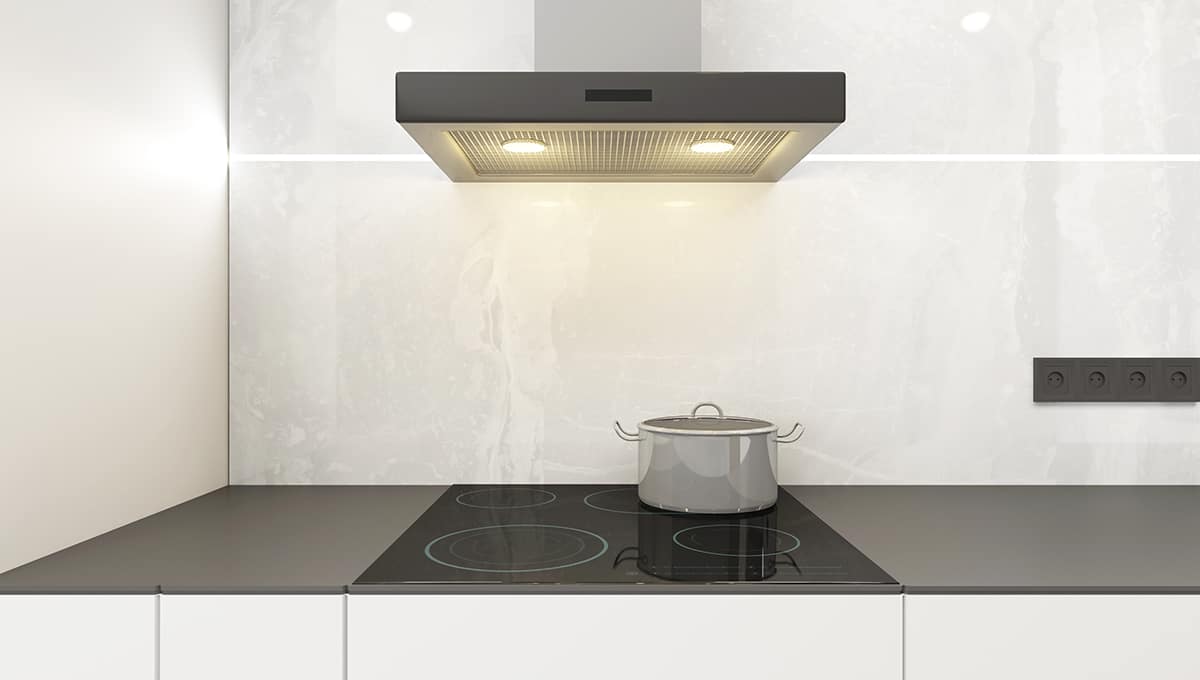Electric stoves are vastly different from gas stoves. For starters, gas stoves use gas, whereas electric stoves use, well, electricity. That said, do you still need to vent an electric stove as you would a gas stove?
Yes, you should. Ventilation isn’t just about getting rid of excess gas from your home, but it’s also about removing as many airborne contaminants as possible. Cooking on any type of stove generates heat and odors, so it might be worth getting a range hood for your electric stove.
In this guide, I’ll explain what range hoods are, why you should get one for your electric stove, and alternative methods for venting.
Should You Vent an Electric Stove?
Gas stoves are dangerous. Sure, they’re easy to use, have long lifespans, and cook food evenly, but you should always be wary of whether or not the gas line is still in working order. If there’s even the slightest tear in the gas line, you run the risk of filling your kitchen, or possibly your entire home, with gas. The best thing you can do is install a ventilation system to get rid of excess gas from your kitchen.
But what about electric stoves? They don’t require gas to run, so they don’t produce a live flame. Do you still need to vent your kitchen?
Yes, you should. In fact, modern electric stoves have built-in ventilation systems to get rid of excess heat. This ensures that their electric motors do not overheat and shut down seemingly out of the blue. However, the built-in vents on an electric stove are limited to removing heat and nothing else.
For that reason, you should consider installing an external ventilation system. Here’s why:
Keeps kitchen clean
Venting your kitchen means getting rid of airborne contaminants, odors, and heat—all of which can do cooking in a kitchen unbearable. By venting your kitchen, you can ensure that your wall cabinets will not succumb to moisture damage or that your walls do not become discolored due to excessive exposure to smoke and steam.
Keeps kitchen safe
Grease is another huge problem home cooks have to deal with. Over time, steam will come back down onto your stove and counters before creating a slippery layer of grease. If any of that steam gets on your stove, there’s a risk that it might catch fire.
Keeps adjacent kitchen appliances clean
If you notice a layer of grease forming on the sides of your refrigerator, chiller, blender, food processor, etc., that might be the result of improper ventilation. If you can get rid of steam and airborne contaminants before they have time to accumulate, the less maintenance you’ll have to do to keep your kitchen appliances nice and clean.
What Is a Range Hood?
Ventilation is always important when you are going to do something that introduces heat, contaminants, and odors in an enclosed area. This is especially true for kitchens since you may spend a lot of time prepping meals for numerous people. One way to get rid of heat and odors from your kitchen, thus improving air quality, is by getting a range hood.
A range hood is a ventilation system that you install above your stove. It uses a fan that sucks in air from the “capture area”—i.e., the open air space above your stove—and tosses them out of your kitchen.
These appliances also come with a series of filters to capture microscopic particles. Some models even come with carbon filters to absorb nose-wrinkling odors from the ghost of past kitchen experiments.
Types of Range Hoods
You have 2 range hood options to choose from—ducted and ductless. Let’s take a closer look at each type.
Ducted range hoods

A ducted range hood connects to a pipe or hose, which runs outdoors. Air gets sucked into the range hood’s fan and is tossed outside so as not to cause a lingering scent in your kitchen. Ducted range hoods are more effective than their ductless counterparts, but installing it may require drilling holes into your kitchen wall.
Ductless range hoods

This type of range hood is ideal for apartments and kitchens that do not have immediate access to the outdoors. It doesn’t toss air out of the kitchen as much as it does clean the air. It comes with multiple filters for trapping solid particles, odors, and moisture. When the air has been cleaned thoroughly, the fan will shoot it back out into your kitchen.
However, because it relies heavily on a filtration system, you will have to replace the filter layers periodically. Not only that, but ductless range hood fans are considerably weaker than ducted models due to their more compact size.
Where Should You Install a Range Hood?
For the best results, you should install the range hood above your stove. Ideally, it will be at least 20 inches above the stove, though you can install it higher (24 to 36 inches at most).
The goal of a range hood is to get rid of heat and steam from the source—i.e., your stove. Installing it too far from the stove can make it ineffective at getting rid of the airborne contaminants that make cooking intolerable.
So, if your electric stove is on an island, you will need to find a way to mount the range hood on the ceiling. Unfortunately, ductless range hoods may be ineffective since they will be too far above the stove to do anything.
Alternative Methods for Venting Your Kitchen

If you don’t have a range hood, don’t worry. There are alternative ways to vent your kitchen. Here’s what you can do.
Open the window when you cook
This method is as effective as it is simple. By opening a window, you’re allowing steam, heat, and odors to escape your kitchen and bother someone else. You might also want to open your kitchen door that leads to the outdoors.
Get charcoal filters
Charcoal filters are portable filter bags that absorb odors and moisture. You can leave them in the corners of your kitchen or hang them on your wall cabinets. The closer the filter bags are to your electric stove, the more effective they become at absorbing odors.
Get an air purifier
Air purifiers are devices that suction air and pass the air through multiple filters before releasing the newly filtered air back into a room. These devices are great to have not just in your kitchen but for every other part of your home, even bathrooms.
Get a splatter screen
A splatter screen is a tool that you place behind your stove. It prevents grease from splattering all over the place, but it will not do anything to get rid of odors and steam.
Get a window fan
A window fan is a fan that you install on your window. It sucks air from inside your kitchen and blows it outdoors while preventing them from reentering. Window fans are most effective when installed near your stove.
Do Electric Ovens Need to Be Vented?
Yes, you do. In fact, any type of oven needs to be vented.
Ovens, like stoves, generate heat. Electric ovens, however, do not have life flames; but rather, a heating coil heats up the internal cavity of the oven to cook food from all directions. Like stoves, ovens have built-in vents, but the heated air will only end up in your kitchen.
As such, you should think about using installing your electric oven nearby a range hood or trying any of the alternative methods for venting your kitchen.






